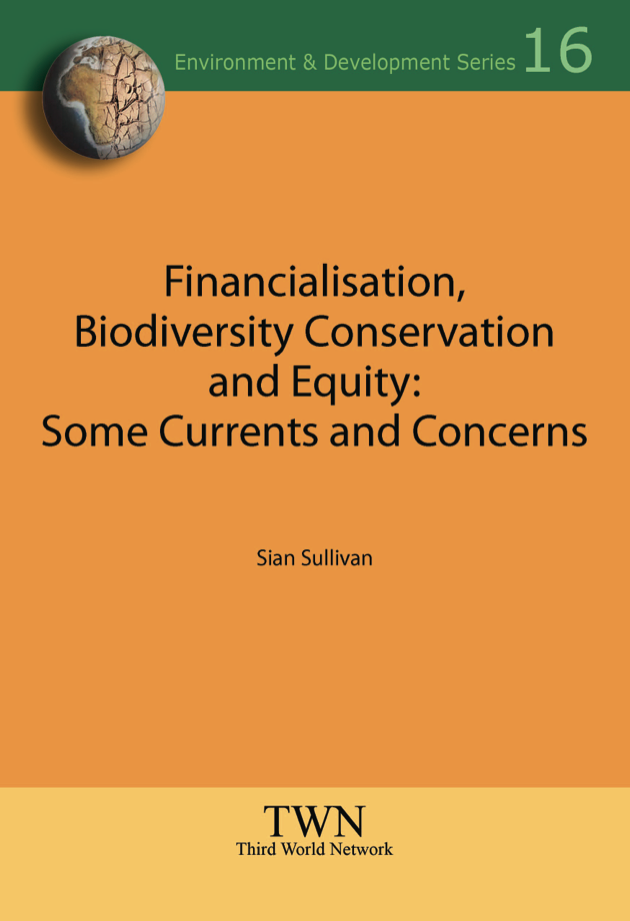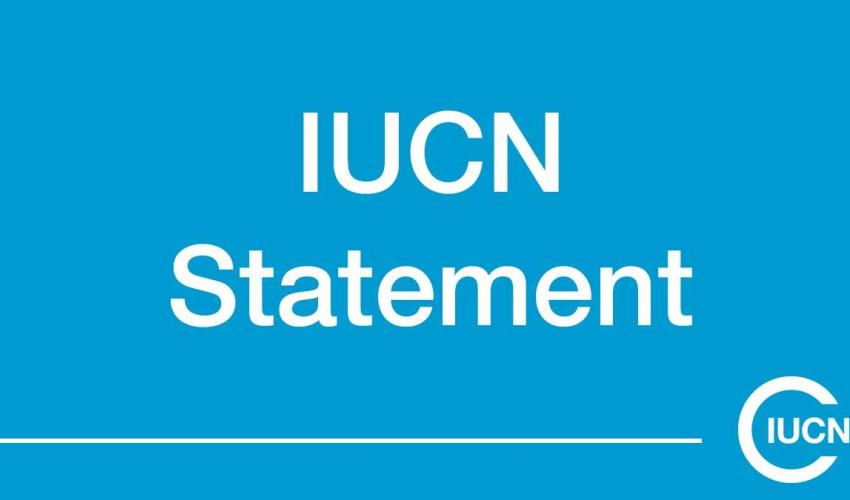Financialisation, Biodiversity Conservation and Equity: Some currents and concerns
WHEN nature is viewed in monetary terms, is it the nature that is valued, or the money? And what implications does this have for ecosystems and equity, given a financialised economy that rewards money products and their brokers, and that tends towards speculative and volatile dynamics?

Photo:
The current biodiversity crisis is giving rise to calls for a massive mobilisation of financial resources to conserve biodiversity and to reduce the drivers of biodiversity loss. The possibility for innovative mechanisms to assist with resource mobilisation needs is included in the Strategic Plan for Biodiversity (2011- 2020) of the Convention on Biological Diversity (CBD). This has generated a fizz of interest around what might constitute innovative financing mechanisms for biodiversity.
At the same time, much attention is directed to questions of how much nature is worth, and of how this worth might be signalled through prices that move decision-making in directions that are more ecologically sustainable. The recent UN programme on The Economics of Ecosystems and Biodiversity (TEEB) gives added impetus to the incorporation of monetised ecological values into national and corporate decision-making and accounting practices, and is welcomed as such in the CBDs current Strategic Plan. Financial support for TEEB comes from the European Commission, Germany, the United Kingdom, the Netherlands, Norway, Sweden and Japan.



